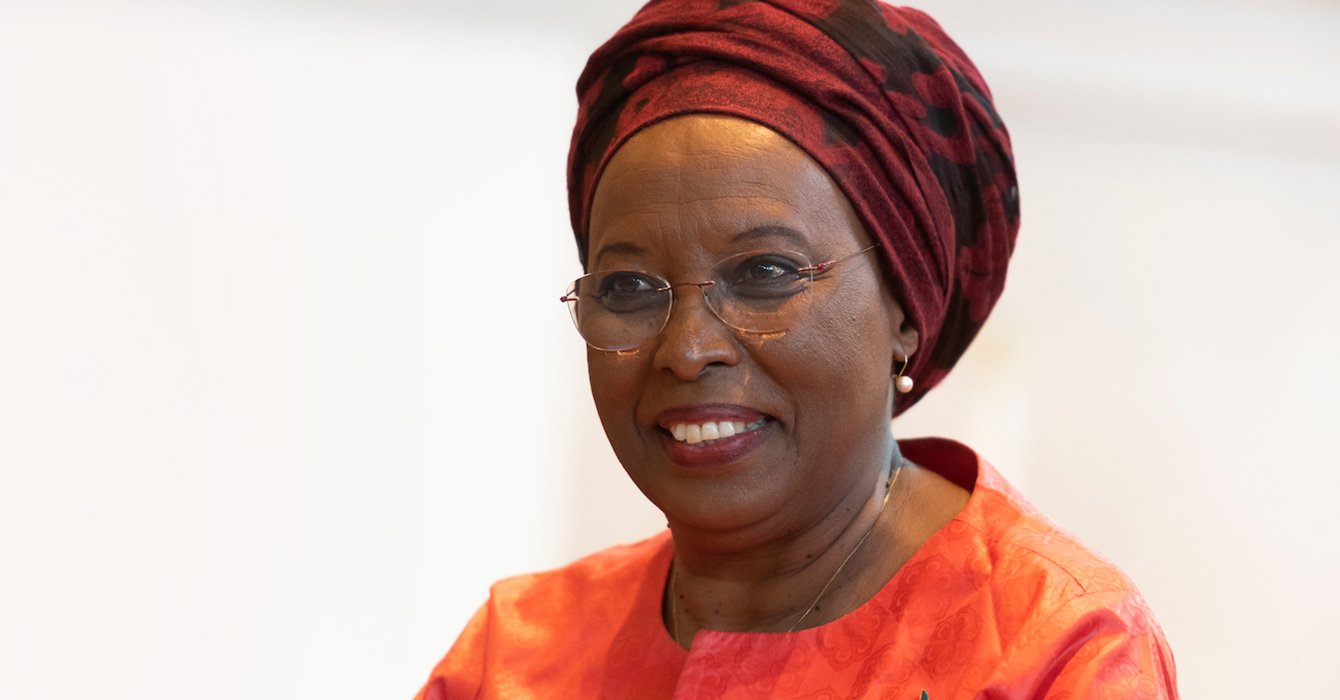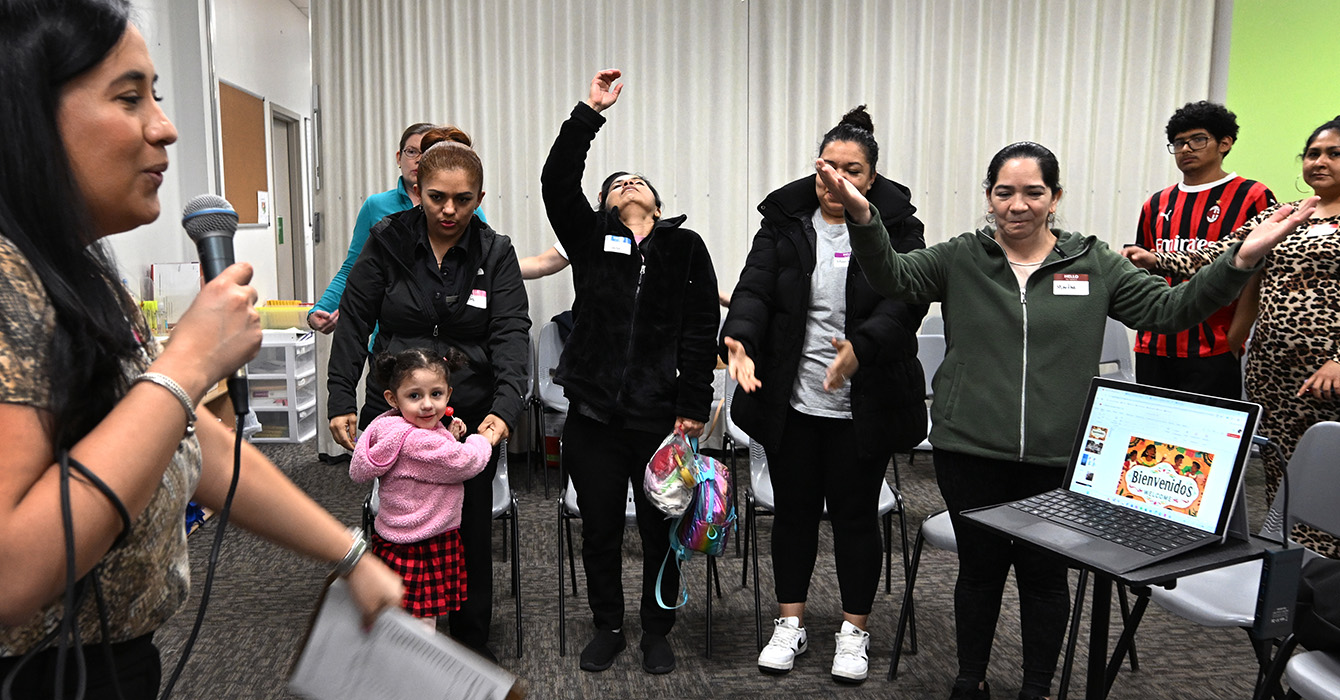A few weeks ago, while I was out buying groceries in preparation for an impending snowstorm, my youngest child -- affectionately known as Twerp -- decided to make breakfast in bed for her three teenage siblings. Almost a decade younger than they are, she carefully whisked five eggs in a bowl, put the bowl in the microwave and set the timer -- for a whopping 30 minutes.
Eventually noticing a rancid odor pervading the house, she looked into the microwave and saw the bowl of smoking, charred-black eggs spinning around and around on the carousel. Being a quick thinker, she grabbed potholders, extracted the bowl and dropped it on the kitchen table, where it branded a permanent ring into the wood.
Given the many beatings our kitchen table has taken over the years, the new scorch mark was barely a concern. We were just relieved that the house didn’t burn down. What was a concern, though, was the immediate response that my Facebook post on the mishap generated.
At an event the next day, several people who are my friends on Facebook approached me to ask about Twerp’s cooking capers. Since I only use Facebook as a convenient place to record family events, limiting my connections strictly to family and real-world friends, I would have told these people about it anyway. Even so, I was surprised by how rapidly the burned-eggs story had spread, especially since I’d never even uttered a word about it.
What an odd world we’ve created, I thought.
At 45, I am pegged a Gen Xer, part of the population that grew up on bikes and roller skates and graduated from college with the first email accounts. Social media came into play only when I was well into adulthood. It did not shape in any way who I became or what I did as a person. And I seriously doubt that any major life decision I make in the future will be influenced by how it might appear on Instagram. For most people my age and older, social media is a way to connect with people we meet and care about. For many of us, it’s also a networking tool. With some exceptions, that’s about the extent of it -- and more than likely, the intent.
But for children today, who are growing up with their minds wrapped around technology, the situation is vastly different. In many cases, as far as they can tell, image is everything, and social media is social life. Their friendships take place in large part through apps like Snapchat and Instagram, where they can share photos and comment on each other’s posts. Doing so is critical to their social status.
As a result, many -- maybe even most -- children now are tempted to measure their own self-worth and the worth of others quantitatively in social media friends, likes and followers. They feel called to emulate YouTubers and “influencers,” whose job it is to persuade people to do what they want them to do and buy what they want them to buy.
Generally, these influencers are random people who have demonstrated proficiency in a particular area, say entertainment or sports or fashion. Top-tier influencers are usually backed by big-name brands and have figured out how to rack up extraordinary numbers of likes and followers. Given their measurable popularity, they are held in high esteem by kids who look to them when making decisions about anything from footwear to friendships.
Clearly, to many of today’s children and youth, social media image means a lot, if not everything. But this new reality raises questions, not only about the negative impact on a young person’s sense of self-worth, but also about the fate of a sweet little trait called altruism.
Recently, I read a news story about a good Samaritan in Chicago who impulsively booked hotel rooms on her credit card to house dozens of people who were homeless during an extraordinary stretch of subfreezing temperatures. Her act of kindness warmed not only the recipients but also the hearts of thousands who heard about her good deed through television, radio and social media.
When I first read the story, the woman had not been identified by the news media, but reporters assured readers that they were investigating and would share information about the good Samaritan when it became available.
I found that deeply disappointing. In essence, they vowed to shine a spotlight on this person whose heart was moved to do God’s work, whether or not she desired the attention. Sure enough, a few hours later, I knew her name and many other details about her life.
Children and youth today are growing up without a way to envision the concept of Matthew 6:1: “Beware of practicing your piety before others in order to be seen by them; for then you have no reward from your Father in heaven” (NRSV). The idea of doing good works entirely incognito is becoming lost. So too is the genuine joy that comes from anonymous giving and the deeper relationship with God that is created when we perform acts of kindness without expectation of recognition.
We teach our children that #kindnessmatters and to #payitforward, but they are oblivious to the notion of #doyourgoodworksinsecret. Yet it’s a complicated issue, because we can’t change the fact that social media exists.
Back in the 1950s and 1960s, when television was budding in popularity, Presbyterian minister Fred Rogers noted the potentially adverse effects that increasingly negative content could have on people, especially young children. In response, he created a children’s television show that eventually became Mister Rogers’ Neighborhood, which he used as a platform to teach kids about kindness, social justice and human dignity. Through his use of technology, he demonstrated to children over many generations how to make the world better reflect the kingdom of God.
Whether or not Mister Rogers succeeded in combating the harmful effects of television on child development depends on perspective. Yes, television programming generally worsened in terms of negative content, but perhaps the children who watched Mister Rogers were better off than they would have been without him. Certainly, he was a forward thinker; rather than shrinking from the technology that he feared would damage children’s views and behaviors, he grabbed it and used it to do God’s work.
Can we do the same when it comes to teaching children about altruism in a world consumed with self-promotion? I don’t know, but it might be worth a try. We don’t know how successful we can be in using social media platforms to teach kids about anonymous giving, but we do know that kids are missing a vital message about their faith through no fault of their own.
As church leaders, educators and parents, we cannot eliminate social media, nor would many of us want to. But maybe we can use it to convey important messages that our children need to hear about altruism and other virtues. It’s a start. As we strive to respond to the social media boom in our world, perhaps we can create a simple hashtag reminder to #carewithouttheshare or #bethemostwithoutthepost.















